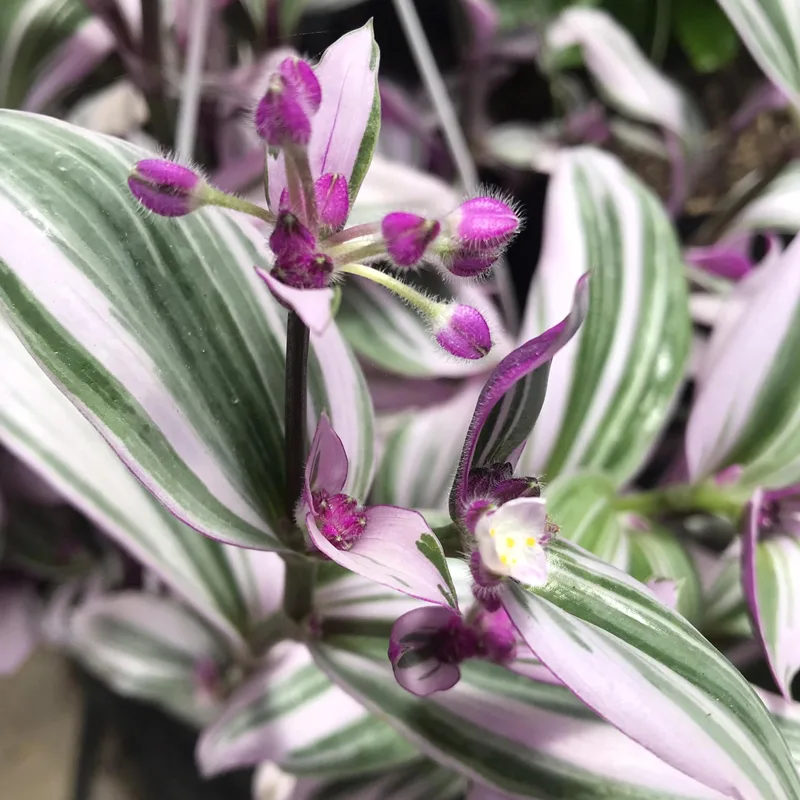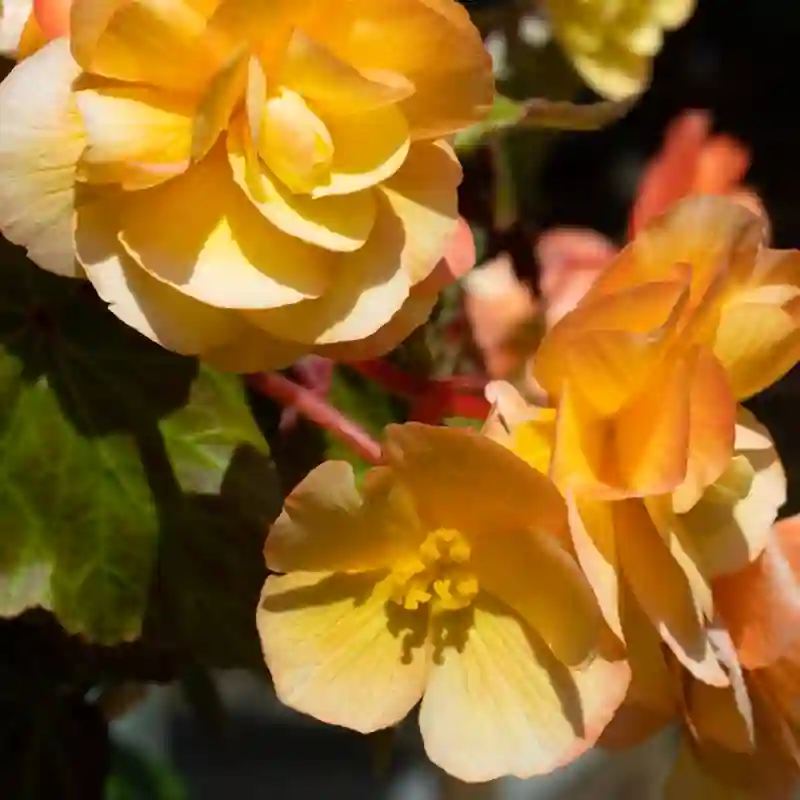The Allure of the Catawba Rhododendron: A Gardener’s Guide
For years, I’ve been captivated by the vibrant display of Rhododendron Catawbiense – the Catawba Rhododendron. These stunning shrubs, with their clusters of lavender blooms and glossy evergreen foliage, add a touch of magic to any landscape. But beyond their undeniable beauty, Catawba Rhododendrons hold a deeper significance.
They’re native to the eastern United States, particularly the southern Appalachian Mountains. As a lover of native plants, I find their ecological importance particularly fascinating. So, I decided to delve deeper into the world of Catawba Rhododendrons, and here’s what I discovered.
1164 Species in Genus Rhododendron
Catawba rhododendron vs rosebay
I’ve grown Catawba rhododendron and found its deep purple flowers to be stunning, especially when they bloom in late spring, adding a bold splash of color to my garden. On the other hand, the Rosebay rhododendron’s larger, lighter pink blooms create a softer, more elegant look that really brightens up shaded areas. While the Catawba is great for making a statement, I appreciate the subtle beauty and longer bloom time of the Rosebay in my landscape.
When Do the Catawba Rhododendrons Bloom?
Catawba Rhododendrons are a welcome sight in spring, typically blooming from mid-spring to early summer. Their large, rounded clusters of lilac-purple flowers transform any space into a breathtaking floral display.
How Does Temperature Affect Catawba Rhododendron?
As a native of the cool mountain regions, the Catawba Rhododendron thrives in cooler temperatures. While they can tolerate some morning sun, harsh afternoon sun and excessive heat can stress the plant.
Here in [your location], where summers can get quite hot, it’s crucial to provide them with afternoon shade and well-draining soil to ensure they stay happy and healthy.
Why is Catawba Rhododendron Important to the Ecosystem?
Catawba Rhododendrons play a vital role in maintaining a healthy ecosystem. Their dense foliage creates a haven for pollinators like bees and butterflies. These pollinators, in turn, help fertilize other plants, ensuring a thriving ecosystem.
The shallow root system of Catawba Rhododendrons helps prevent soil erosion on slopes. Additionally, their leaves decompose slowly, releasing nutrients back into the soil, enriching the environment for other plants.
How Does Planting Catawba Rhododendron for Landscaping Affect Ecosystems?
While Catawba Rhododendrons are native to the eastern United States, planting them in non-native regions requires some caution. It’s important to ensure they don’t outcompete native plants for resources.
The best practice is to choose cultivars that are well-suited to your local ecosystem. Opting for native companion plants can further enhance the ecological benefits of your landscaping.
How to Care for Catawba Rhododendron?
Caring for Catawba Rhododendrons is relatively simple. Here are some key things to remember:
- Light: Provide dappled shade or morning sun with afternoon shade, especially in warmer climates.
- Soil: Well-draining, acidic soil is essential. Amending the soil with organic matter like compost can improve drainage and provide nutrients.
- Watering: Water regularly, especially during dry spells. However, avoid overwatering, as this can lead to root rot.
- Mulching: Apply a layer of mulch around the base of the plant to retain moisture, regulate soil temperature, and suppress weeds.
- Fertilizing: A balanced fertilizer formulated for acid-loving plants can be applied in spring according to package instructions.
What to Plant With Catawba Rhododendron?
Catawba Rhododendrons pair beautifully with a variety of plants that thrive in similar conditions. Here are some suggestions:
- Ferns: Ferns add a touch of elegance and texture to the shade garden.
- Hostas: Hostas come in a variety of colors and sizes, creating a vibrant backdrop for the rhododendrons.
- Azaleas: Early blooming azaleas can extend the flowering season of your shade garden.
- Camellias: Camellias offer stunning winter blooms, adding another layer of interest to your landscape.
With proper care and thoughtful planning, Catawba Rhododendrons can become a cherished addition to your garden, not just for their captivating beauty but also for their contribution to a healthy ecosystem. So, why not plant a piece of the Appalachian magic in your own backyard?
If i die, water my plants!



